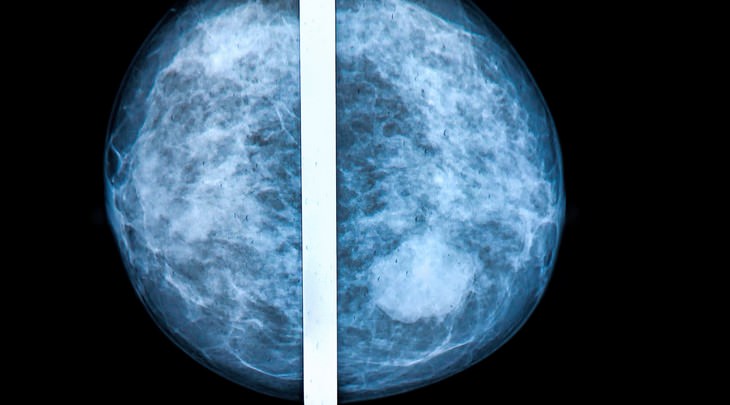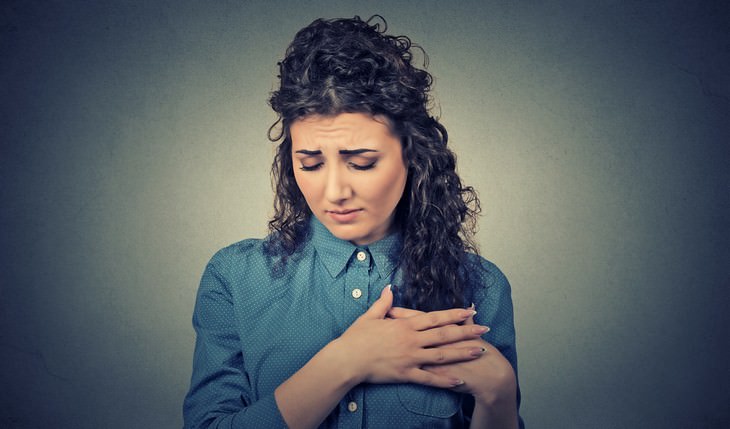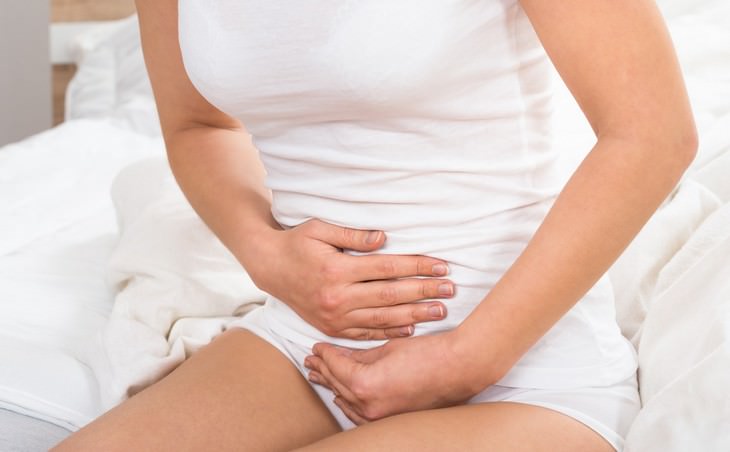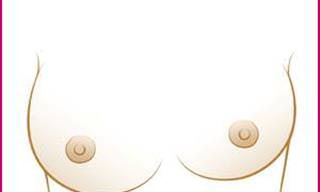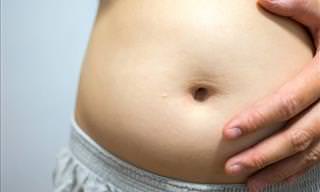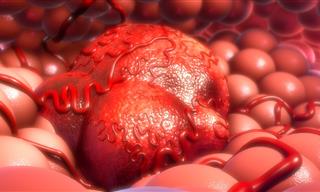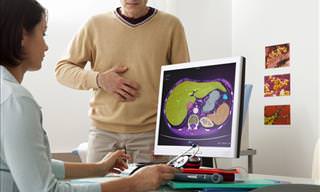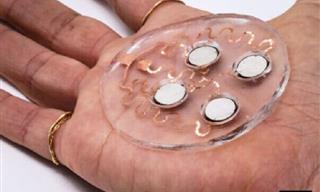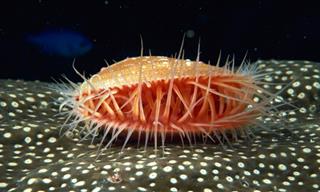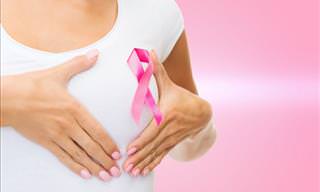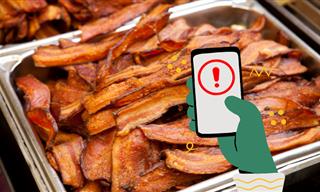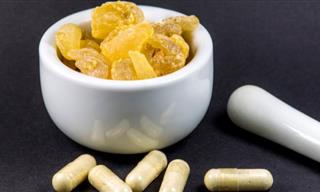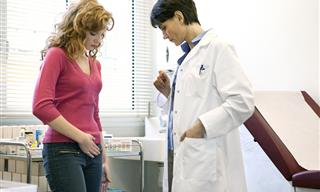We are all well aware of how important it is to regularly check our breasts for any unusual bumps, thanks to countless public information drives that have made breast cancer a top health concern for women. Yet, one downside to this widespread concern is that we can become overly despondent when we believe we have found a lump.
But the reassuring truth is that what you may fear to be cancerous is in fact something totally normal and benign. According to Sherry Ross, MD, ob-gyn, women's health expert at Providence Saint John's Health Center in Santa Monica, checking for lumps isn’t “just about breast cancer.” She says: "Getting to know your breast tissue and being familiar with what is normal for you will help you know when something is abnormal."
So, just to help give yourself some perspective, here are 5 non-cancerous reasons why you may find lumps on your breasts.
NOTE: Breast cancer is considered very treatable, if you catch it early. Therefore, whenever you believe you have found a lump of any kind, do book yourself in for an immediate appointment with a doctor, whatever your age might be, to find out whether it's genuinely benign or not.
1. Your breasts are dense
Your breasts are made up of a certain ratio of fatty and connective tissues, which varies from woman to woman. Some women have more connective and less fatty tissue than others, making their breast denser. According to Parvin F. Peddi, MD, of the UCLA division of hematology and oncology, "some young women have dense breasts that can feel lumpy."
It’s been found that two thirds of pre-menopausal women and a quarter of post-menopausal women have dense breasts that may be difficult to examine accurately on a normal mammogram. In such women breast cancer detection is more difficult. Therefore, Peddi says that it’s important to regularly examine your breasts so you can understand their usual appearance, then if anything changes you will be aware more quickly.
2. Your breasts have non-cancerous tumors
According to ACS, the American Cancer Society, Fibroadenoma – made up of connective and glandular tissue - are benign tumors that women aged between 20 and 40 can be prone to. These come in a variety of sizes, though their appearance is usually firm, smooth, rubbery with a marble like shape. Even though they are harmless, doctors may advise removing them if they get too large or numerous.
3. Your breast have fibroses or cysts
60% of women may be affected by breast tissue changes grouped together under the name fibrocystic. These changes are also totally benign and non-cancerous. Fibroses are rubbery, hard, firm, and dense collections of tissue, which resemble the tissue which makes up ligaments and scar tissue.
Cysts are round, fluid-filled bumps that are particularly common in women over 40. They can get tender around the time of your period, but they never really go away. You can improve their condition by cutting out nicotine and caffeine.
4. Your breasts have a blood clot
Mondor’s disease, although rare, should also be considered a possible benign cause of breast lumps. This lump will feel cord-like and hardened. It could also be quite painful. It's actually a type of blood clot, known as a superficial thrombophlebitis, in the vein below your skin. It could occur in any breast vein, but is more common on the outer region or below the nipple.
This may be caused by wearing a bra that’s too tight, violent trauma to the breast area, or excessive exercise. The clot will usually go away by itself.
5. You are having your period
Your menstrual cycle brings with it hormones that actually increase the amount of fluid in your chest, which then enlarges your breasts. This expansion may be perceived as lumps that you know were not there before, but they are certainly not cancerous and will go away after your cycle ends.
H/T: prevention.com
Images courtesy of Depositphotos
 Go to BabaMail
Go to BabaMail



